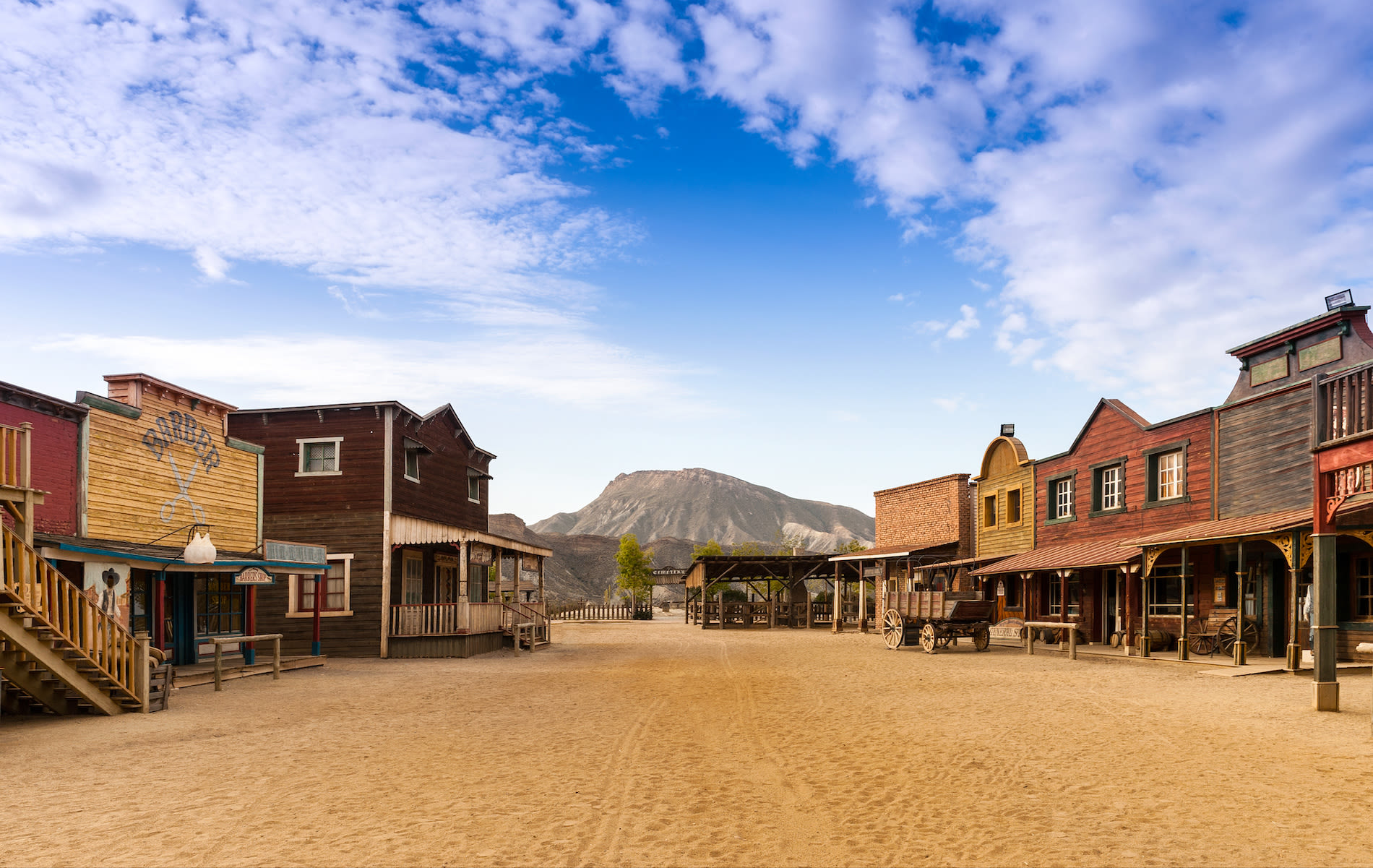Tabernas, a desert area in Andalusia, southern Spain. Photo: Adobe Stock/PhotoGranary
Partly due to climate change, drought is a recurring problem in southern European countries. Desertification is already underway in some areas. However, it is not just about increasing temperatures and changing precipitation patterns. In this article, you will learn more about why deserts threaten to appear in southern Europe, among others.
Also read: This is how climate change works.
What is a desert?
A desert is an area where there is little rainfall and little growth. Many people think of a desert as scorching heat, but it doesn’t have to be. In the Gobi Desert in China and Mongolia, temperatures around -20 degrees are common in winter. It is even colder in Antarctica with temperatures sometimes below -50 degrees. The coldest continent on Earth is also the largest desert on Earth. About 75% of Antarctica’s surface receives less than 200 mm per year and much of it even less than 50 mm.
Also, since the air is very dry, there are large temperature differences between day and night in a desert. Dry air heats up quickly in sunny weather. In the Sahara, 40 degrees in the middle of the day is very common, but once the sun has set the temperature can drop very quickly. Sometimes even to the freezing point.
There is already a regional desert in Europe
In parts of Spain, southern Portugal and Sicily, among others, there are areas that look like a desert and actually are. The two best known are: the Bardenas Reales in northeastern Spain (near Zaragoza) and the Tabernas Desert in southern Spain, north of Almería. The Tabernas Desert is known for its spaghetti western movies, such as: The Good, The Bad and The Ugly.
It looks like a cowboy town in the United States, but it’s in Spain. Photo: Adobe Stock/Fotomicar
What do climate models indicate?
Global warming causes changes in the average atmospheric pressure pattern. The latest climate models indicate a decrease in summer precipitation, especially in France. In southern Europe, the average amount of precipitation will not change much. (source: KNMI)
It is true that higher temperatures mean that there is more evaporation than before, which means that drying takes place more quickly. It is also important that the rainfall variation in Southern Europe increases due to climate change. On average, about the same amount of rain falls, but there are wetter wet periods and longer dry periods. We also see this in Dutch summers, for example.
An area that is just short of desert can fall overboard after a very dry season. Plants and grasses do not survive the summer and erosion does the rest.
The multiple reasons for land degradation and desertification
When the ability of soil to grow crops decreases, we call it land degradation. Desertification is an extreme form of land degradation.
Climate change is not the only cause of regional land degradation. In many places in Europe, human actions are the (biggest) culprits. Think of: deforestation, one-sided agriculture, overgrazing and irrigation. If you supply water from one place, you take it from somewhere else. There, the (ground) water level drops. This is particularly dangerous near the sea. The fresh groundwater is then partly replaced by salty seawater, which means that many plants can no longer grow.
A large forest fire can also lead to significant land degradation. The arid landscape is susceptible to wind and water erosion for months after a forest fire.
What can we do there?
Land degradation is preventable in most places and reversible. In many cases, it is a battle between economic and social interests, such as intensive agriculture and animal husbandry. Of course, people cannot stop producing food everywhere, but intensive farming or animal husbandry will have to be stopped or moved to certain areas. This allows nature and therefore the soil to recover.
Conclusion:
Climate change may be one of the reasons why southern regions of Europe are turning into desert. In many cases human actions play a bigger role and by adjusting this (greater) desertification can be prevented or reversed in many places.
Read also: why is it easier to make a climate forecast than to make a weather forecast?

“Infuriatingly humble social media ninja. Devoted travel junkie. Student. Avid internet lover.”
 DodoFinance Breaking News Made For You!
DodoFinance Breaking News Made For You!
